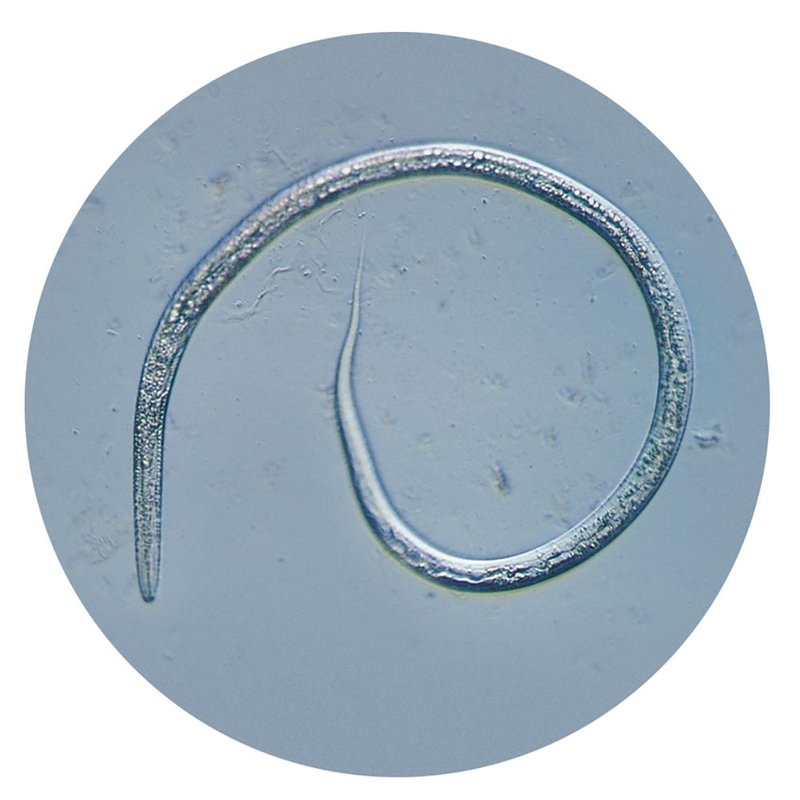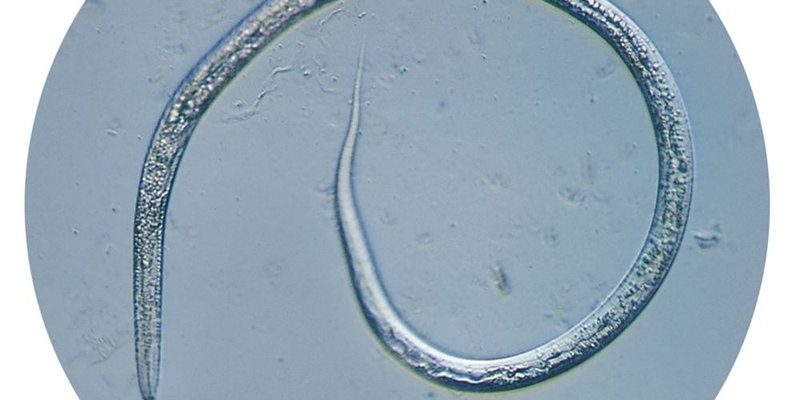
So, how can vinegar eels, often found in our kitchen vinegar, help with something as serious as environmental monitoring? Well, just like how a chef checks the freshness of ingredients, researchers can check the presence and behavior of these little guys to gauge the overall health of the water around them. If you’re curious about how we can use such a tiny creature for such a big task, keep reading!
What Are Vinegar Eels?
Vinegar eels are tiny, transparent worms that live in acidic environments, like vinegar itself. They thrive on the microorganisms present in these settings. Measuring around 1 to 2 millimeters in length, they can be seen wriggling under a microscope. The fascinating part is their adaptability; they can withstand a wide range of environmental conditions, making them resilient little creatures.
Being able to thrive in various environments means that vinegar eels can give us clues about the surrounding ecology. They serve as bioindicators, which are organisms used to assess the health of an environment. A sudden decline in their population could signal changes in water quality or habitat degradation, prompting further investigation. So, if you want to know what’s happening in your local waters, these tiny eels are definitely worth a closer look.
Why Use Vinegar Eels for Environmental Monitoring?
Here’s the thing: traditional environmental monitoring can be costly and time-consuming. Sampling water, testing for pollutants, and analyzing huge data sets often take plenty of resources. This is where vinegar eels shine. They provide a cost-effective alternative for assessing environmental quality. Their sensitivity to changes in the ecosystem makes them ideal indicators of the presence of contaminants or fluctuations in conditions like pH and temperature.
By observing the behavior and population dynamics of vinegar eels, researchers can quickly assess whether a body of water is healthy. A thriving population of vinegar eels suggests that the environment is in good shape. Conversely, a decline in their numbers could be a red flag that something is off. You might be wondering how scientists measure these changes. They typically look at factors such as abundance, reproductive rates, and even the morphology of the eels under different conditions.
How Do Vinegar Eels Indicate Environmental Changes?
Vinegar eels respond to specific environmental factors, which makes them excellent bioindicators. For instance, they are particularly sensitive to pollutants like heavy metals and pesticides. When these substances enter a body of water, they can affect the eels in numerous ways, from reducing their population size to altering their reproductive capabilities.
For example, if a nearby farm starts using more pesticides, the runoff can enter local water sources. This change in water quality could lead to a sharp decline in vinegar eel populations. Researchers can take these findings and push for regulatory changes to protect aquatic ecosystems. It’s fascinating how even the tiniest organisms can play a significant role in ecosystem monitoring.
How to Collect and Use Vinegar Eels for Monitoring
If you’re interested in using vinegar eels as part of your environmental monitoring efforts, the first step is collecting them. Collecting vinegar eels is relatively straightforward. You can find them in homemade vinegar or even commercial brands that use the natural fermentation process. Here’s how to do it:
- Gather your materials: You’ll need a jar of vinegar, a microscope, and some basic sampling tools.
- Let it sit: Allow the vinegar to sit for a few weeks so the vinegar eels have a chance to grow and multiply.
- Collect samples: Use a pipette to collect a small amount of vinegar and place it under a microscope to observe the eels.
Once you’ve collected your sample, the real work begins. You’ll want to monitor not only their population size but also their behavior. Are they moving around freely? Are they reproducing? These observations will give you insights into the environmental conditions present in the water.
Case Studies: Vinegar Eels in Action
There are several fascinating case studies that showcase the effectiveness of vinegar eels in environmental monitoring. For example, researchers in a coastal area used vinegar eels to assess water quality after heavy rainfall. They noticed a sharp decline in eel populations shortly after the rains, indicating polluted runoff. This prompted local authorities to investigate and implement better runoff management strategies.
In another instance, a team of scientists studying the impacts of agricultural practices used vinegar eels to monitor water quality changes in irrigation canals. By tracking the population sizes of eels over several months, they could correlate the health of the eel populations with various agricultural activities and subsequent water quality assessments. It’s amazing how a tiny organism can highlight larger ecological issues!
Limitations and Challenges of Using Vinegar Eels
While vinegar eels can be valuable indicators, they aren’t perfect. One challenge is that they primarily thrive in acidic conditions. This means they might not be suitable for monitoring alkaline or neutral bodies of water. Additionally, their absence doesn’t always mean an environment is unhealthy. It may just indicate that the conditions aren’t suitable for their survival.
Researchers must be careful not to rely solely on vinegar eels for a complete environmental assessment. Instead, they should incorporate other methods and organisms into their monitoring efforts for a holistic understanding. However, when used alongside other indicators, vinegar eels can provide a clearer picture of the state of aquatic environments.
The Future of Vinegar Eels in Environmental Science
As environmental concerns continue to rise, the role of vinegar eels in monitoring ecosystems could become even more critical. Their ease of cultivation and the wealth of information they provide could help communities better understand and protect their water sources. With new technologies and research techniques emerging, we can expect to see even more innovative ways to use vinegar eels in environmental monitoring.
Honestly, as we face challenges like climate change and pollution, the idea of utilizing tiny organisms for big solutions is both refreshing and hopeful. By paying attention to these small indicators, we can make strides toward ensuring healthy ecosystems for future generations.
In summary, vinegar eels are more than just a quirky kitchen inhabitant. They play a significant role in environmental monitoring and bioindication. By understanding their behaviors and populations, we can gain insights into the health of our aquatic environments. So, next time you see some vinegar on your shelf, remember that it holds the potential to provide valuable information about our planet!

